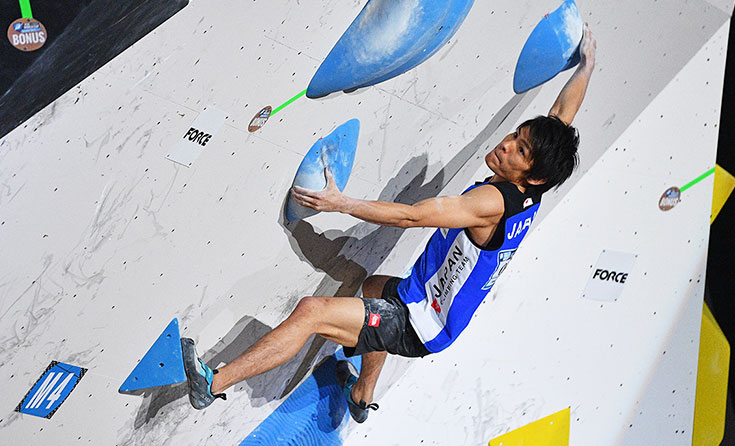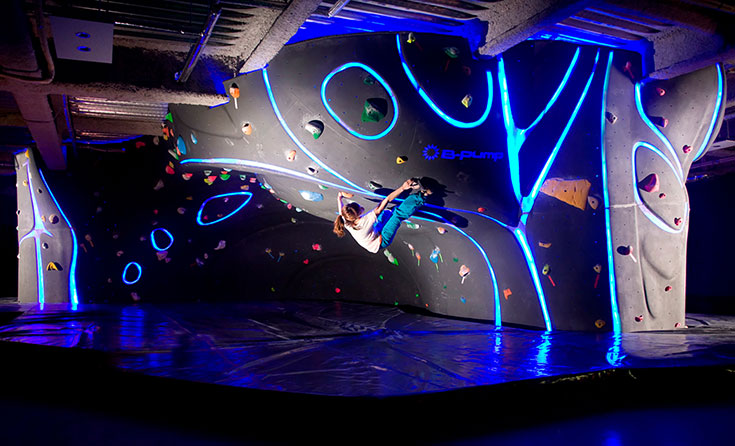niponica is a web magazine that introduces modern Japan to people all over the world.
2019 NO.27
The Olympics Are Coming to Tokyo

Street Sports Debut on the Olympic Stage
Sport Climbing

In lead climbing, contestants compete to see how high they can climb. The climber in this photo is Dohi Keita, winner of the sports climbing men’s combined competition at the 2018 Youth Olympic Games.
(Photo: LUKAS SCHULZE/OIS/IOC/AFP/Aflo)
Sport climbing is a variation of rock climbing in nature that evolved into a competitive sport. Climbers use brightly-colored holds to work their way up to a set goal without any equipment. In recent years, Japan has witnessed a boom in the number of facilities where people can enjoy sport climbing. This has expanded the population of climbing enthusiasts, creating favorable conditions for the emergence of strong climbing athletes.
Sport climbing will make its Olympic debut at Tokyo 2020 as an event that combines three different categories: speed climbing, bouldering, and lead climbing. Each contestant will compete in all three categories, with the finishing places based on combined scores. Who will win, a climber who is strong in one particular category, or a well-rounded climber? The competition will keep you on the edge of your seat.

Of the three categories, only bouldering is conducted without a safety rope. Narasaki Tomoa, featured in this photo, won the IFSC Climbing World Cup twice (in 2016 and in 2019).
(Photo: Aflo Sports)
Sport climbing categories
Speed climbing
Two athletes compete to see who can most quickly climb two identical routes set on a 15m-high wall overhanging at 95 degrees. The athletes secure ropes to themselves for safety purposes. Winning times are five to six seconds in the men’s events, while women’s events are won in seven to eight seconds. The instantaneous nature of the competition is what makes speed climbing so interesting to watch.
Bouldering
In bouldering, climbers scale a number of fixed courses on a 4 to 5m-high wall, and the winner is the climber who scales the largest number of courses within the time limit. If multiple climbers complete the same number of courses, the winner is the athlete who has reached the largest number of “zone” holds (holds high up on the wall), or the athlete who has completed a climb with the least attempts.
Lead climbing
In lead climbing, athletes climb fixed routes on a wall measuring more than 12m in height, within a limited period of time. The winner is the athlete who climbs to the highest point. The athletes secure ropes to themselves for safety purposes.
Enjoy climbing anytime, anywhere: Japan’s climbing spots
Today, there are more than 600 climbing gyms throughout Japan, and climbing is gaining popularity as a sport that can be enjoyed by everyone, regardless of gender or age.

(Photo: B-PUMP Tokyo Akihabara)





